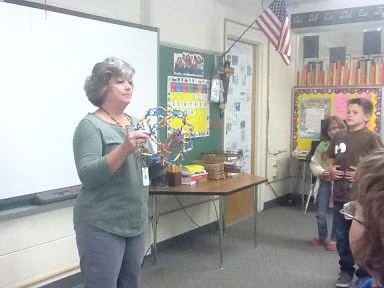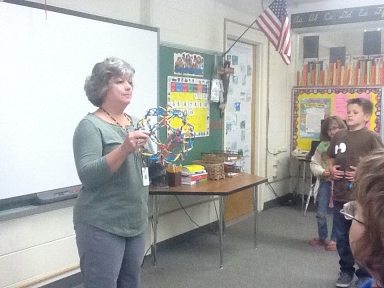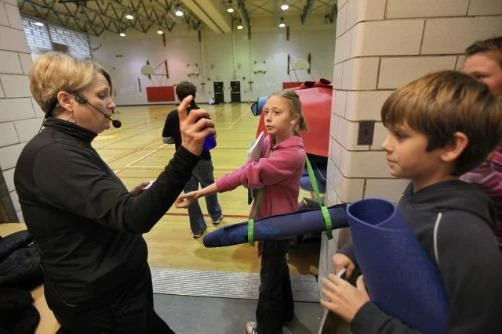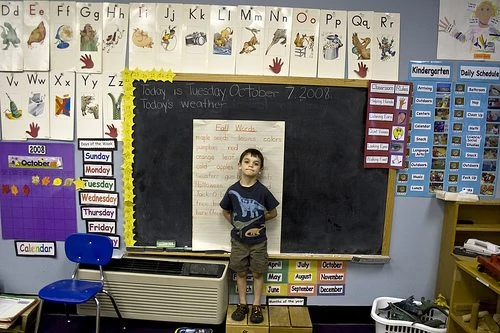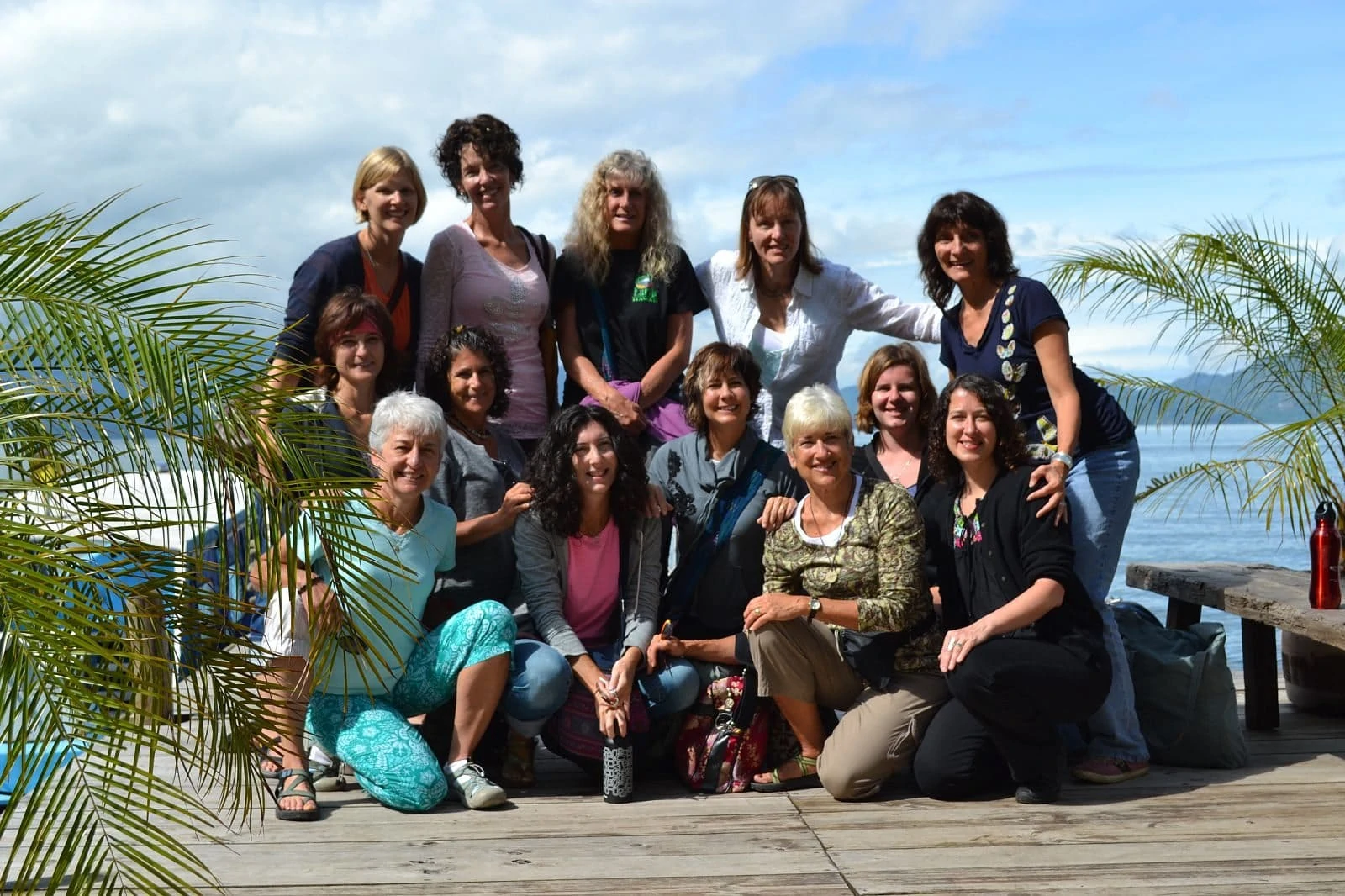First time isn’t always a charm, but failures often bring blessings in their wake.
For instance, the first time we offered a training in Colorado, low enrollment forced us to cancel. But one who had registered offered to help us try again. An occupational therapist (OT) in the Littleton Public Schools, Ilga Paul helped make our second try into a big success.
What’s more, she’s since become a Certified Yoga Calm Instructor and trainer, and she’ll be teaching our next two Denver workshops: Integrated Approach to Wellness 1 with Kim Oliva, September 17 – 18; and Integrated Approach to Wellness 2 – Physical Connections to Learning with Jim Gillen, September 24 – 25.
Ilga first began sharing yoga with students several years ago, after learning that her OT intern also practiced. “We were working with a group of 2nd graders who all needed help with developing fine motor skills,” she says, “especially as it related to legible handwriting. The students also had very poor muscle tone, decreased core muscle strength and difficulty paying attention. We worked with them outside of the general education classroom, starting our sessions with poses such as Tree, Downward Dog and Cat/Cow. The students loved it!”
After she began working at a school where special education services were provided within the general education classroom, Ilga’s use of yoga expanded. There, she says, “I had a Kindergartener on my caseload and was asked by his teacher to collaborate on a 30 minute weekly session with the whole class. One thing led to another, and soon I was visiting many classes, teaching poses and breath work to support their academic effort, concentration and ownership of their learning.”
As soon as she began learning Yoga Calm’s principles and activities, Ilga put her new knowledge to work. At the time, she says,
my caseload was such that I served students at five schools (Pre – 5) and supervised three OT Assistants. At the same time, word spread of my 10 – 15 minute yoga sessions. At one point, I was going into 19 classrooms a week!
I saw amazing benefits from even this little bit of time and came to realize that Yoga Calm was the most meaningful and results-producing approach I had used in my 35+ years as an OT. Becoming a Certified Instructor seemed like the natural extension of what I had been doing, and now it’s opened the door to a new career! Some things are just meant to happen.
Using Yoga Calm in the classroom is a wonderful way to provide Response to Intervention support, particularly for students who struggle with attention or are highly restless or anxious. Kids love these short “yoga breaks” and get excited when I arrive. I stand quietly at their classroom door and watch the transition process, as that tells me how to structure the session.
One day, I silently walked into a 3rd grade classroom while the teacher instructed the kids to put away their math activities. When the students saw me, without any further instruction, they put away their things, pushed in their chairs, found their personal space and were ready for yoga. It’s so wonderful – and fun and exciting! – to see students go from being silly, distracted and restless to focused, able to complete activities with attention and intention. When a whole class is calm and focused during an activity such as Roots, the energy feels almost magical!
I regularly see students use yoga on their own to help them self-regulate. I have seen 3rd graders with significant anger issues use Belly Breathing to de-escalate. I have seen others use poses such as Chair Twist and seated Forward Bend during standardized testing to help them attend to their task.
The power of Yoga Calm, I believe, comes from students becoming aware of the messages their body is giving them, knowing what to do with those messages and implementing strategies to maximize academic achievement. I find it extremely well-suited to help manage anxiety and distraction. The physical yoga is a wonderful way to work on things like posture, core muscle strength and awareness of the body in space. Students on the Autism Spectrum definitely benefit from the activities, yet even those with more profound needs may benefit in a small group outside of the general education classroom.
In practice, I use a problem-solving approach in which students participate in developing strategies and are responsible for trying them out between sessions. They then report the strategies’ success or failure, and we determine the next steps. The sense of empowerment-in-action is amazing!
And all students can become so empowered, not just those designated with special needs, even though the special needs student was why I went into the classroom in the first place.
I believe that students with almost any dis/ability can benefit from Yoga Calm, in part due to its sheer adaptability to student and class needs. If needed, sessions can be shortened: Better a successful 15 minute session than a disjointed 30 minutes. If you have a group with mixed physical abilities, chairs or bolsters can be used to provide extra balance support. Completing yoga poses with Deaf and hard of hearing populations is a great way to improve vestibular functioning. (Having Deaf students lead poses also gives them an opportunity to practice oral skills.) With blind students, I stand nearby and mindfully use clear, specific and descriptive words in my directions. Often, a sighted student can be paired with a blind student, so they can help position them.
I love watching students change over the course of the school year, and it is so exciting when they independently use strategies that I have taught! I also love watching the teachers. Their class interactions evolve, and they, too, receive the benefits of yoga. Every day, I see the seed Yoga Calm spread and grow. It’s exciting to be able share strategies that really work!
Our next Denver workshops will be held September 17 – 18 (Wellness 1) and September 24 – 25 (Wellness 2). To register online, just click the appropriate date.
Trainings are also slated for January and March 2012, including courses needed for Certification. To see our full schedule of courses around the US, visit us at www.yogacalm.org.

